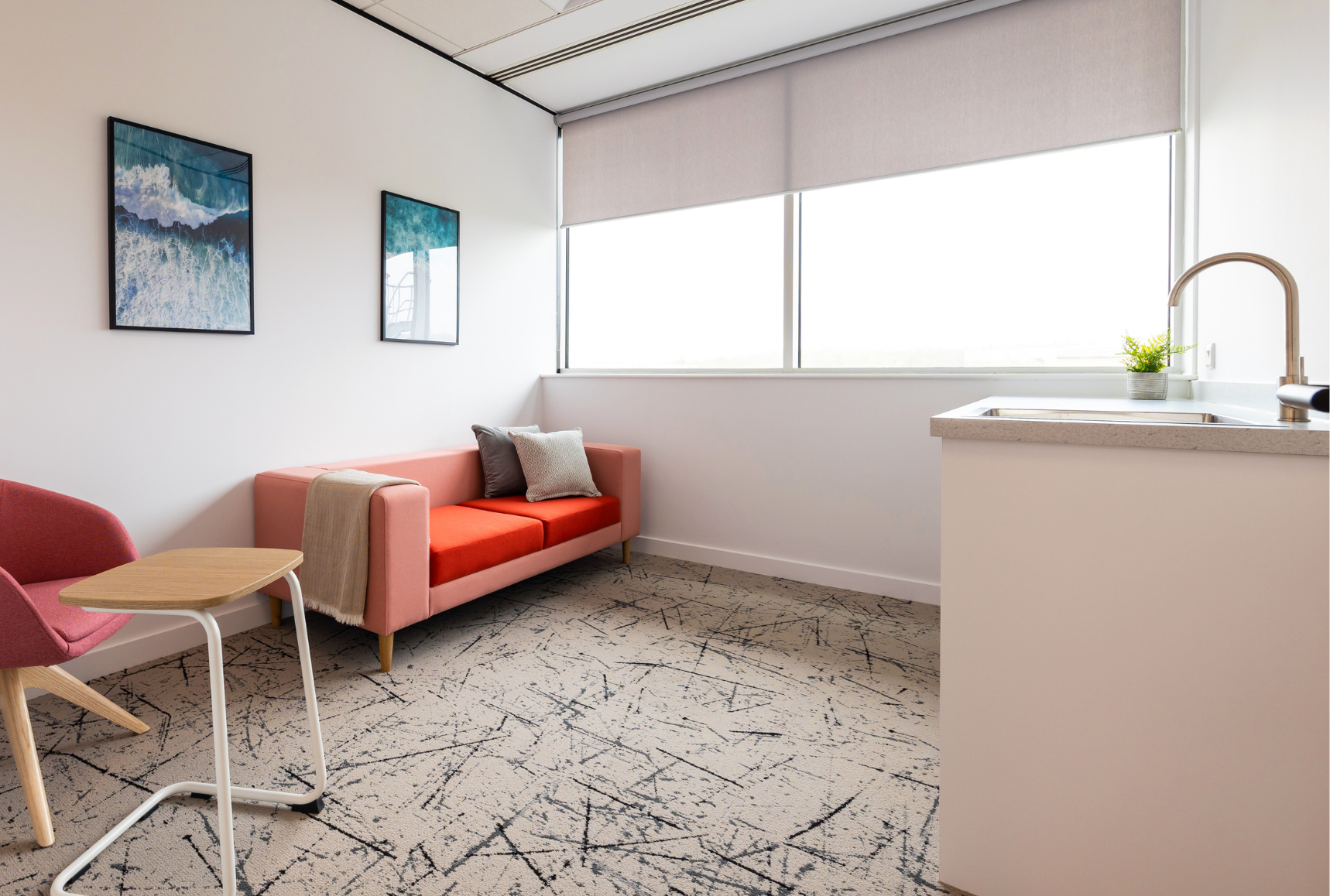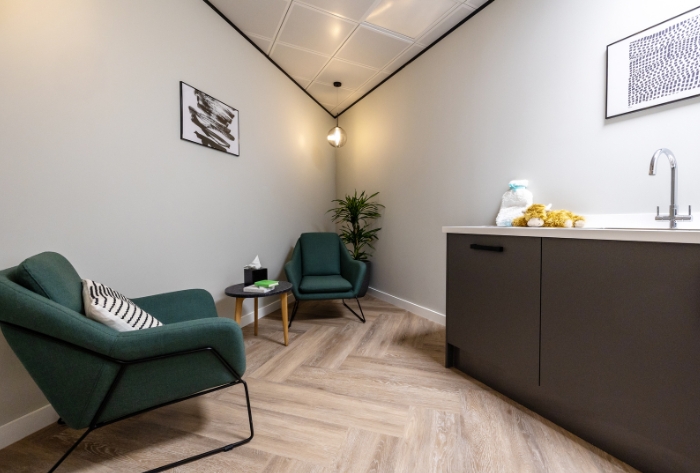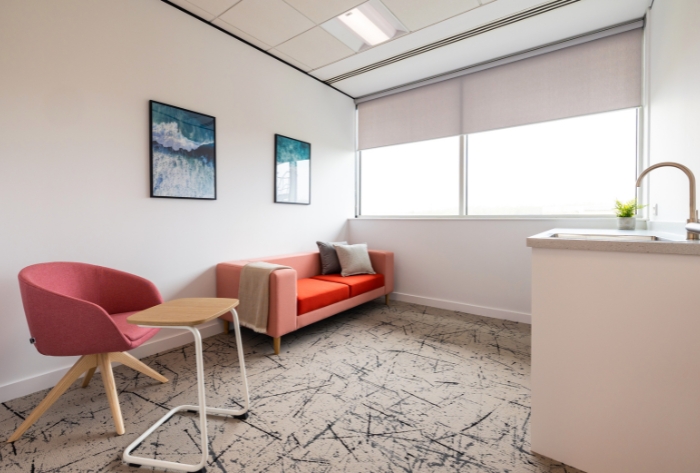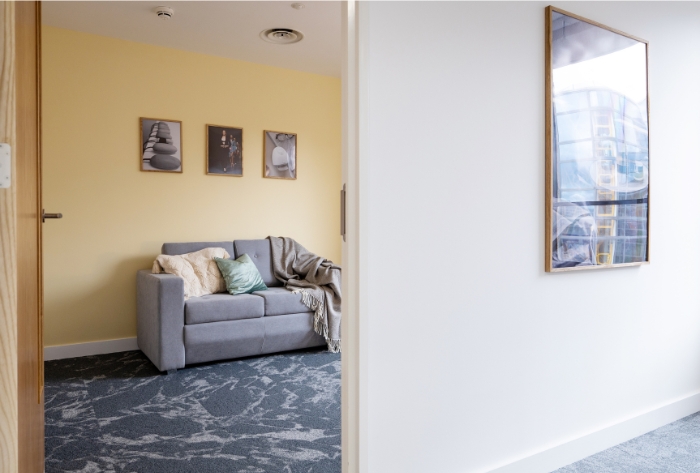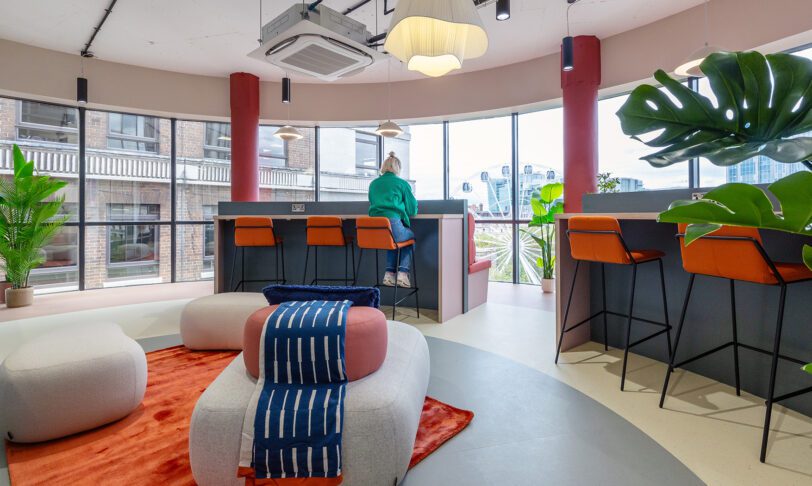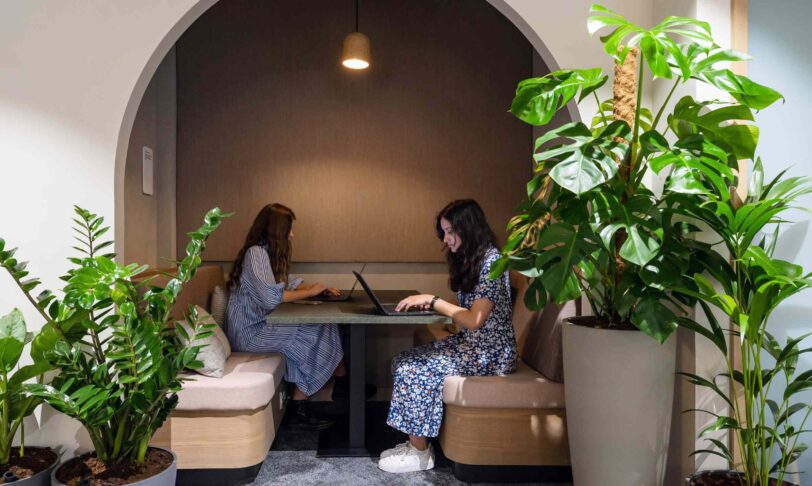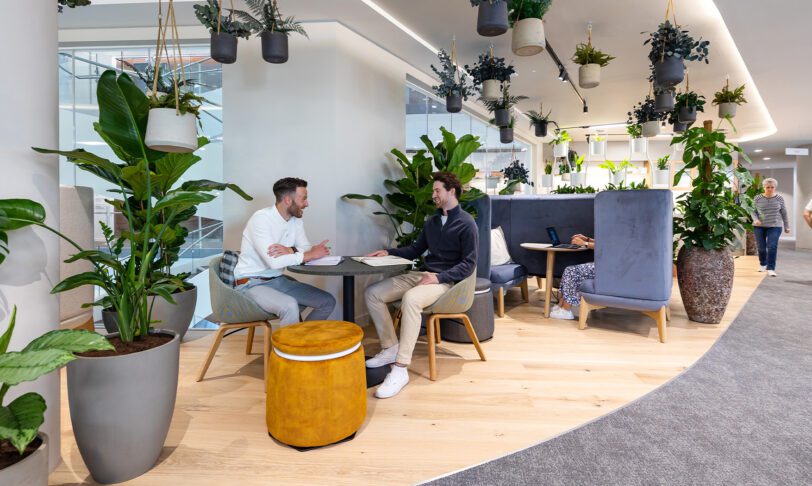How Prayer Rooms can improve workplace wellbeing
Across all sectors, there is a growing need for workplaces to be more inclusive. The conversations surrounding inclusivity of gender and race have amped up in recent years, and it comes as no surprise that faith should soon follow. It’s an integral part of any society or workforce, so if you’re able, perhaps it’s time you thought about adding a prayer room to your workplace?
Why are prayer rooms needed?
Wellbeing comes in all shapes and sizes. It’s all well and good to provide employees with a gym, fresh fruit, and regular breaks, but it is important that the most fundamental parts of their lifestyle are being looked after. According to the 2021 UK Census, 56.8% of citizens are part of a religion or spiritual denomination. Despite this, a prayer room is not always provided or available in the workplace. These types of spaces need to be reconceptualised so they are viewed as an essential part of workplace wellbeing, rather than a nice-to-have.
Prayer rooms at Fidelius, Fleetcor, and Elvie
Do employers have to provide a prayer room?
Employers are under no statutory obligation to provide employees with a prayer room, however, if a space or time for prayer is requested, it should be respected. While there could be legal implications regarding discrimination, this is just as much about moral standing, respect and wellbeing as it is about legislation. Ultimately, companies should be as committed as possible to offering a people-focused workplace and fostering an inclusive and welcoming environment.
What are the benefits of prayer rooms?
It is not mandatory for employers to provide a prayer room in the office design and build, but it can really go a long way in securing employees’ happiness and respect. In the end, it’s a win-win for everyone involved.
Employee wellbeing
For many people, faith plays a huge role in their spiritual and personal wellbeing. Being able to practice their religion freely and without judgment is not only a basic human right but extends to the workplace as well. Allowing this can reduce stress, as well as improve mental clarity and overall contentment.
Productivity
If prayer whilst at work is denied or made difficult, it may cloud an individual’s thoughts due to nervousness, anger, or shame. An employee may be more able to focus on their work with complete productivity and peace of mind if they are granted the time to practice their faith in the way they intend.
Inclusivity
Prayer rooms are a way for an office to be accommodating to all. It signifies to people both inside and outside of the business that they are accepting of everyone, no matter their religion. This can help create a more inclusive and welcoming environment and result in improved wellbeing, workplace relationships, and recruitment. It may also give employees the confidence to suggest further inclusive actions and start discussions in the workplace.
Employee retention
By having basic needs met, employees feel valued. Moreover, faith rooms demonstrate a commitment to diversity and inclusion, highlighting that a business is striving to improve and evolve.
ESG: A Guide for Ambitious Businesses
To build the best workplace culture, attract talent and enhance employee wellbeing, get expert insight from our guide to Environment, Social and Governance (ESG).

What are a prayer room’s requirements?
Different religions require different setups for a faith or prayer room – however having a multi-faith prayer room is totally acceptable and recommended as long as you respect all involved. What this means is that the room must be kept as neutral as possible, so that members of any religion can practice their faith inside without the presence of another religion’s imagery, materials or influence. For instance, the presence of leather is deemed offensive to those of the Hindu faith, and followers of Islam cannot pray in the same room as a crucifix.
General requirements for prayer rooms
Office prayer room design
There are a few elements that are fundamental in an office prayer room’s design, such as incorporating privacy, accessibility and ease of use. There should be a balance between making the room accessible and open to those who need it and creating a serene space away from the daily hustle and bustle.
A prayer room must be a clean, safe and hygienic environment. Ideally, it should be separate from the fridge or sink, and away from a bathroom or breastfeeding space. Some faiths require shoes to be taken off before prayer, so clean, dry flooring and a place to store shoes are needed. Soft lighting is also preferred, as is obscured glass on any windows or partitions to ensure privacy.
Aside from the shoe storage, not much furniture is required. A small cupboard is needed to avoid storing religious texts on the floor. It is best to keep these texts closed away, so members of each religion have their own space for storage.
The permanent presence of religious icons for one faith group may come across as a symbol of ‘possession’ to others. This means the room should be left in a neutral state when not in use. Seating-wise, if space allows there should be comfortable, low seats that can be moved – in other words, no high chairs or bar stools. Cushions and beanbags can also be beneficial.
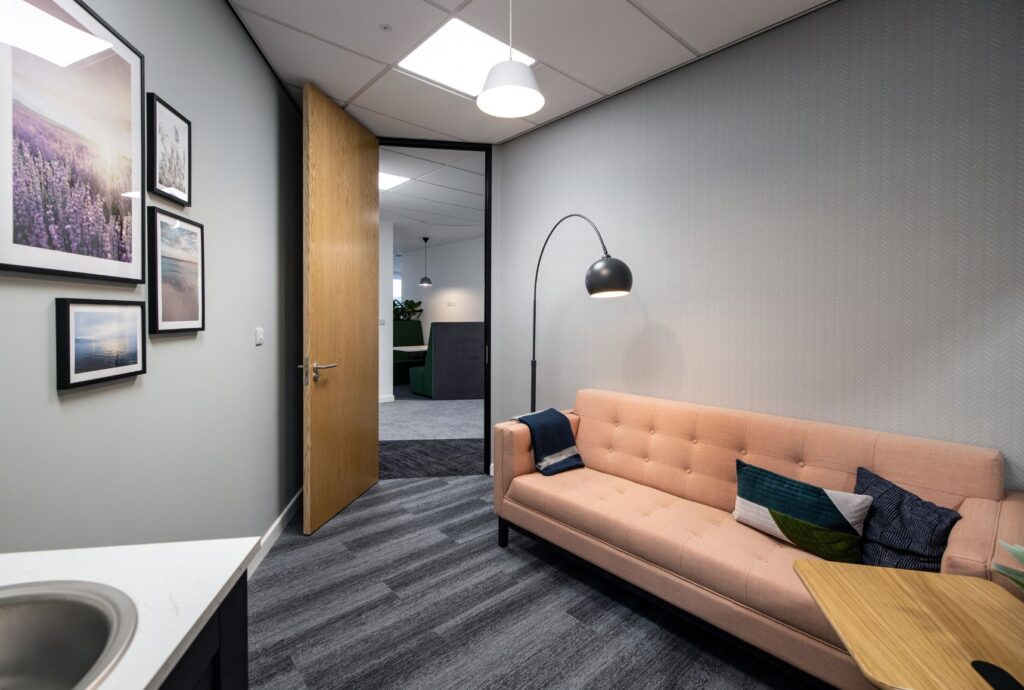
Specific prayer room requirements for Muslims, Jews, and Christians
Some religions require prayer to face a particular direction, for example, Muslims pray towards Mecca and Jews to Jerusalem. The prayer room itself does not have to be oriented in a specific direction, but there should be an indication inside it towards both East and Mecca.
For Muslims particularly, Wudu (cleansing preparation) is required before prayer. It requires them to wash their hands and feet, so a basin and footwash are essential requirements. The washing space needs to be apart from the prayer room, so a moveable screen or curtain would be an effective way of demarcating the washing facilities from the prayer space. It could also be used to separate people during prayer. For example, Muslim guidelines of modesty and tradition at times may see men and women praying separately.
How big should prayer rooms be?
Prayer rooms must have enough space to be able to fit multiple people and for them to face the required direction. For Muslims, the space will need to be around 4 x 2 ft per person, so that they can kneel and bow side by side. All Muslim employees need to be facing the same direction together during prayer, and so there must be enough space for them to comfortably do so.
When should prayer rooms be available?
For Muslims, their daily prayer routines take place at fixed times of the day determined by the times of sunrise and sunset. On Fridays, males must perform Salat in a group, similarly on days of Islamic significance like Eid and Ramadan, so there must be enough space. There is more flexibility allowed to Jews who can usually pray before or after work, but the option should still be there for them. The Christian faith does not require its followers to pray at a set time of day, so it should be straightforward for them to schedule prayer room usage around the needs of others.
Want to improve inclusivity in your workplace?
Interaction is an expert office fit out company with over 30 years of experience designing and building best-in-class workspaces. If you want to discuss office fit-outs and faith rooms with our expert team, reach out on 01225 485 600. Or, perhaps you might want to read more about improving wellbeing in the workplace.
Chat with Charlie
Get in touch with Charlie, our Relationships Manager to discuss how we could revolutionise your space.
Email: [email protected]
All general enquiries
Phone: 01225 485 600
Email: [email protected]

Join the Interaction community
Sign up for our newsletter to stay up-to-date with the latest insights
on the modern workplace and commercial property trends.
